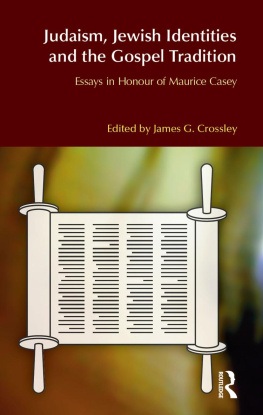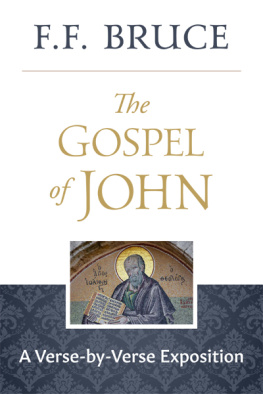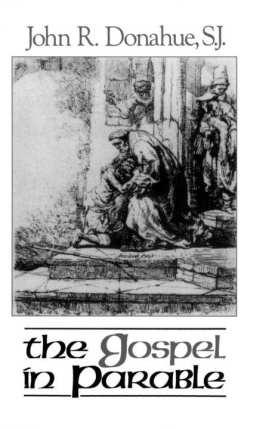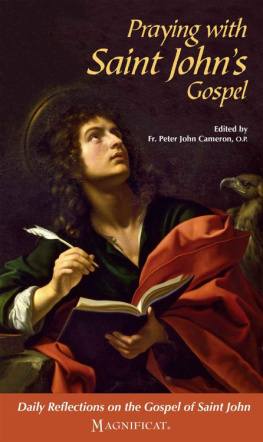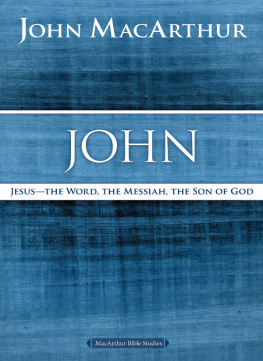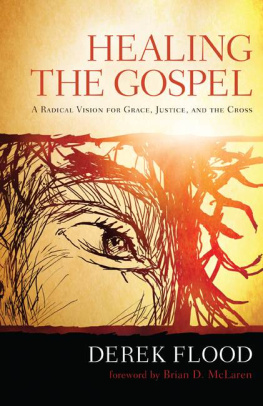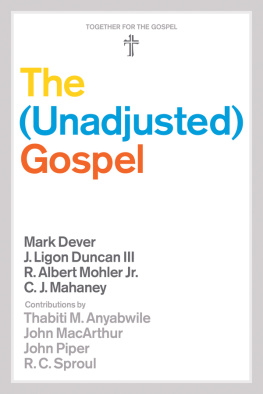The Gospel of John as the Gospel of the Logos, the creative Word of the world, has a special place in the canon of the four gospels. In many respects, it is not only particularly precise in its description of earthly conditions and historical details, but in its condensation of the events of the life and work of Jesus Christ and through the fullness of his words and speeches, it is the direct revelation of the central figure of our faith, Christ Jesus.
The Greek language, in which the text was originally written, allowed the writers spiritual intention to be expressed in a very differentiated way. Many frequently used words have a wide range of meanings. Even if the text often appears simple in its form, individual words always require special attention because of their complexity. Thus, for example, the word doxa can be translated as idea, opinion, expectation, fantasy, delusion, decision, theorem, reputation, honour, fame, dream image, or even revelation.
Every translation from Greek into a modern language is tantamount to an interpretation, a risk that every translator must face.
The Logos, the spiritual content of the world, became human and in that human being became a spoken word that was audible and could be fixed in writing. This was the first translation. The goal of every translation must be to make Christ Jesus, the Logos, a living, creative and present being.
The reflections presented here are not intended as a commentary, but rather describe paths that can be followed if one pursues motifs or questions in the Gospel of John. They can inspire readers to explore the diverse landscape of that gospel and to follow their own paths of research, of which there are certainly many more.
The authors intention is to try to allow readers to find an inner confirmation of the closeness of Christ and his work of salvation, and to experience the significance of a contemporary Christianity.
The biblical quotations are the authors own translations from the original Greek texts.
Among the four gospels included in the New Testament, the Gospel of John occupies a special place. Questioning where and when it was written and the authors identity began at the end of the second century, soon after its creation. These questions continue today. Excavations carried out in the Basilica of St John in Ephesus in the 1960s unearthed a metal holder containing scrolls that seemed to contain the text of the Gospel of John. The scrolls are said to date from the first or the second century, that is, from the time when Polycarp of Ephesus attests to the presence of John the Presbyter. The writer of Johns Gospel is nowhere mentioned by name. The identity of John the Presbyter and his relationship to the writer of the Gospel of John remains a riddle. Todays research believes that it is the son of Zebedee, John, the brother of James. This idea goes back to Irenaeus of Lyon, who died around ad 202.
***
Without question, the writer is an eyewitness to the life and work of Jesus Christ and the events at Golgotha. In the Crucifixion account, we read how one of the soldiers who was sent to break the legs of the crucified to hasten their death, pierced the side of the already dead Jesus Christ with his lance, and immediately blood and water came out. Then the text continues, He who bore witness to these things has himself seen it, and his testimony is true, and he knows that he speaks the truth, so that you too may gain peace of mind (Jn 19:35). In the last verses of Johns Gospel, this eyewitness is mentioned once again as its author. The account of the meeting of the Risen One with the disciples at the morning meal by the Sea of Galilee, and the conversation with Peter about his task and that of the disciple whom Jesus loved, precede the last verse. It says of him, This is the disciple who wrote all this down and who vouches for it, and we know that his testimony is the truth (Jn 21:24).
This particular disciple, whom Jesus loved, is mentioned late in the text: only in the report of the Last Supper (Jn 13:2325) do we hear about him. One of his disciples who sat at table with him had his head at his bosom; he was the disciple whom Jesus loved. To him, Peter gave a sign that he might find out of whom he was speaking. Then he laid his head on Jesus breast and said, Lord, who is it?
In Johns Gospel, the word agapan, love (not in the body-soul sense but understood spiritually) appears often. But rarely does it characterise Christ Jesus relationship to a human being. In Chapter 11, his love for Mary, Martha, and Lazarus, is mentioned (Jn 11:5). When Lazarus falls ill, his sisters send Jesus a message: Lord, the one you love, [phileis] is ill (Jn 11:3). And his love is spoken of for the third time when he weeps in front of his friends closed tomb. The people who were there in great numbers said, See how deeply he loved [ephilei] him (Jn 11:36).
It is unique in all the gospels that a personal relationship of Christ Jesus with someone is emphasised and stressed in this way. Only in the Gospel of Mark is the encounter of Jesus with a nameless person, the rich young man mentioned in the three synoptic gospels, described with the word agapan.
As Jesus continued on his way, a man ran to him, knelt before him and asked him, Good Teacher, what must I do to be worthy of deathless life?
Jesus answered, Why do you call me good? No one is good, but the One and Only God. You know the commandments. Do not kill, do not violate faithfulness, do not steal, slander, or cheat anyone, honour your father and mother.
He said to him, Teacher, I have observed all these things since my youth.
Then Jesus looked into his heart and loved him, saying, Then there is only one thing missing. Go, sell all your possessions, and give the proceeds to the poor, and you will acquire a treasure in the spiritual worlds. And then come and accompany me.
At these words, the mans eyes darkened, and he left saddened, for he had great riches (Mk 10:1722).
The question arises whether these two passages (Jn 11 and Mk 10) can be seen as relating to each other. Is the rich young man of the synoptic gospels, of whom it says in the Gospel of Luke (18:1824) that he belonged to the upper class of the people, to the ruling (priestly?) dynasty, identical with Lazarus? The formulation agapan used for both would speak for it. Is the further conclusion admissible that the writer of Johns Gospel, for whom it is also valid, is the same person as Lazarus, whom the Lord loved, whom he called forth from death in Bethany forty days before his death on the cross at Golgotha (Jn 11), and who from then on is inseparably at his side? Is it he who at the Last Supper lies at his breast, who is the only one of Christs inner circle who stands under the cross? (Jn 19:2527) Is it he who, along with Peter, hurries to the tomb on Easter morning? (Jn 20:210) If so, then the one whom the Lord loved would be the thirteenth in the circle of the twelve disciples. Many things speak for it. Some representations of the Last Supper have thirteen figures. (for example Albrecht Drers The Last Supper, woodcut from the Great Passion, 1510). Rudolf Steiner also concludes that Lazarus is the beloved disciple, who wrote the Gospel of John.
The other answer to the John question, familiar since Irenaeus, is that the beloved is the brother of James, the son of Zebedee (see, for instance, Ratzinger).
This can also be justified. James Zebedee is one of the three disciples, Peter, James and John, who are often summoned on special occasions and mentioned by name. He is named at the healing of Peters mother-in-law (Mk 1:29), the raising of Jairuss daughter (Mk 5:37), the transfiguration (Mk 9:2), during the preparation of the Upper Room (Lk 22:8) and at Gethsemane (Mk 14:33). Both brothers are also among the first disciples chosen by Jesus Christ.


